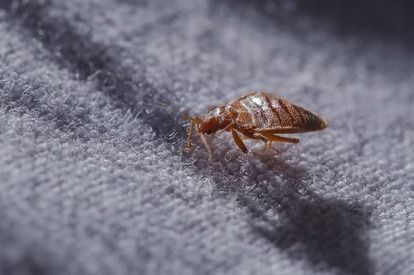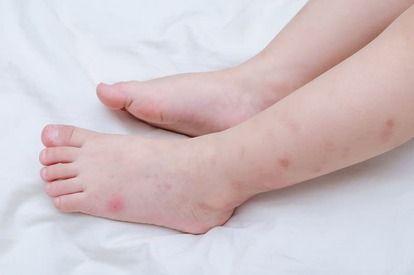Bedbugs: How to recognize them?

How to recognize them?
Since 2011, bedbug infestations have increased considerably in Montreal. The city has also launched an action plan to combat insalubrity with the aim of improving the living conditions of tenants and the quality of housing to remedy this situation.
The first sign of the presence of bed bugs is often the bites that we see appearing on our body. Whether it is to treat your bites or to choose the best way to eliminate these parasites, it is important to know how to recognize the nature of your bites and to be able to differentiate the said parasites. Here is some information and tips to help you differentiate between mites, ticks, fleas and bed bugs.

Differences between ticks, mites, fleas and bed bugs
Information about ticks:
Ticks are blood-sucking mites. This means that they feed on the blood of their host. Better known in Europe, you can be exposed to it in nature and in the woods. Sometimes, however, they are found inside houses. The important thing to remember about ticks is that they can carry diseases, including Lyme disease, which is a multivisceral and multisystemic bacterial disease (it affects several systems and several organs).
How to identify a tick: Ticks have an oval shape and measure on average 3 to 6 mm. They have 8 legs.
Information about mites:
Mites are small creatures of the spider family invisible to the naked eye. They are found in bedding, sheets, curtains, carpets, in short, they are present almost everywhere. They feed on our dead skin. Fortunately, the mites do not bite and do not transmit any disease. What makes them bothersome is that a large portion of individuals are allergic to their feces and cadavers. These allergies can cause skin irritation, itching, headaches and respiratory problems.
How to identify a mite: The mites measure between 0.1 and 0.6 mm, they are microscopic.
Flea Information :
A flea is a small parasitic insect that feeds on blood. It measures between 1 and 8 mm. They are usually associated with a host: dog flea, cat flea, human flea. When they feed on blood, they inject saliva with allergenic properties, which is what causes the irritation. They bite up to 10 times a day, which differentiates them from bedbugs, which only feed once every 10 days.

Bedbugs
Bedbugs are also blood-sucking insects. They are, of the four insects listed, the most difficult to eradicate. They feed at night and then hide for 10 to 12 days to digest. When they sting, they introduce an “anaesthetic” substance so that the host does not feel the sting. It is this substance that causes allergic reactions. They are attracted to body heat and carbon dioxide.
How to identify a bed bug: Bed bugs have an oval, flattened shape. They can reach between 4 and 5 mm long, and 1.5 and 3 mm wide. They cause an unpleasant odor when crushed. Their color is purple red after they have fed.